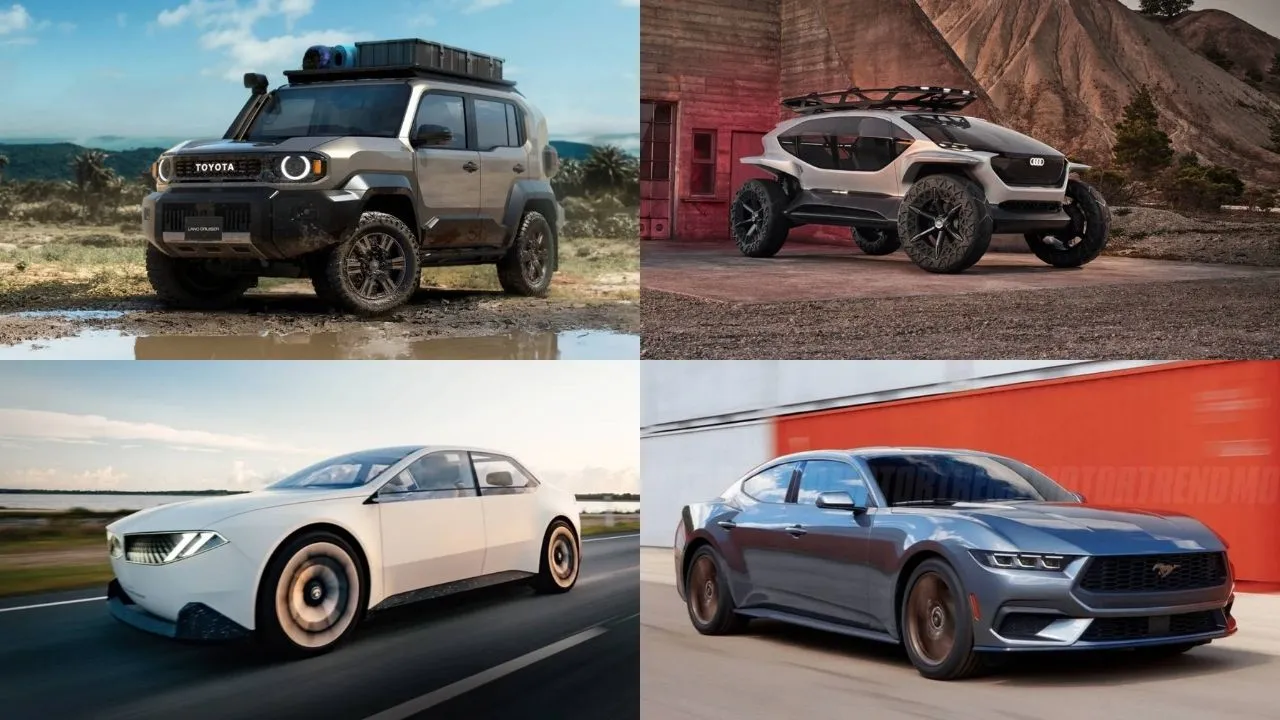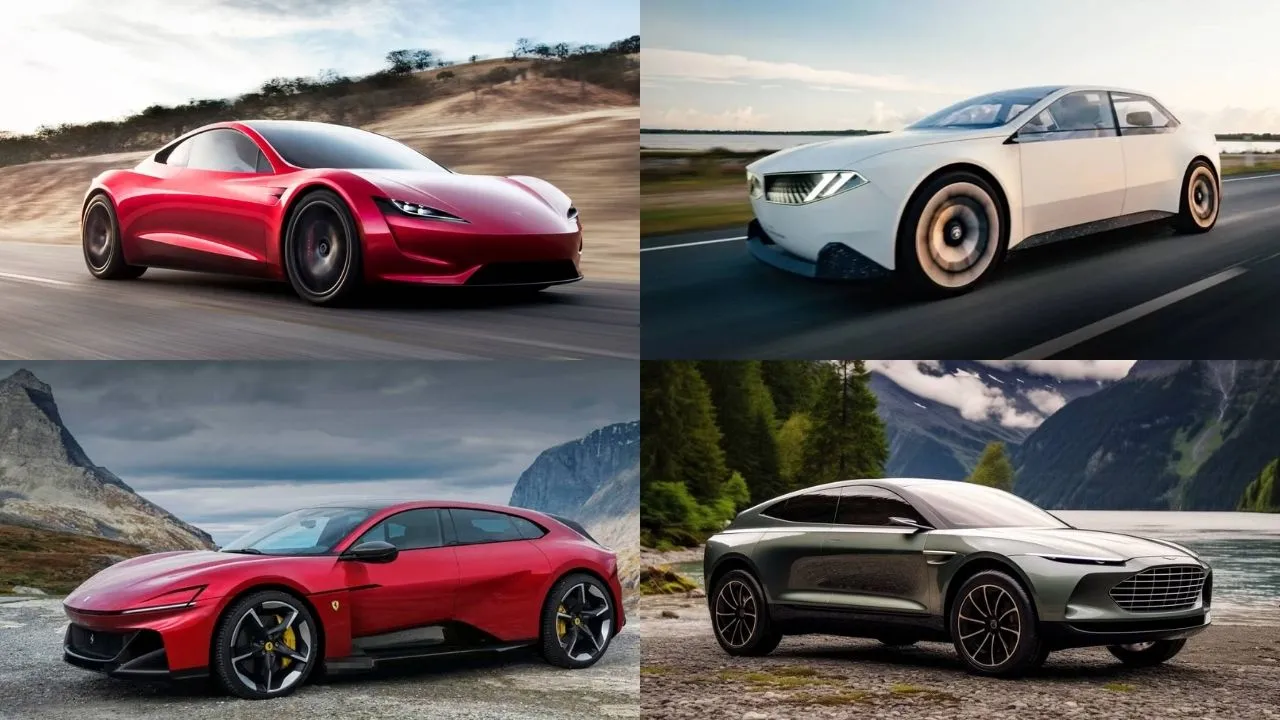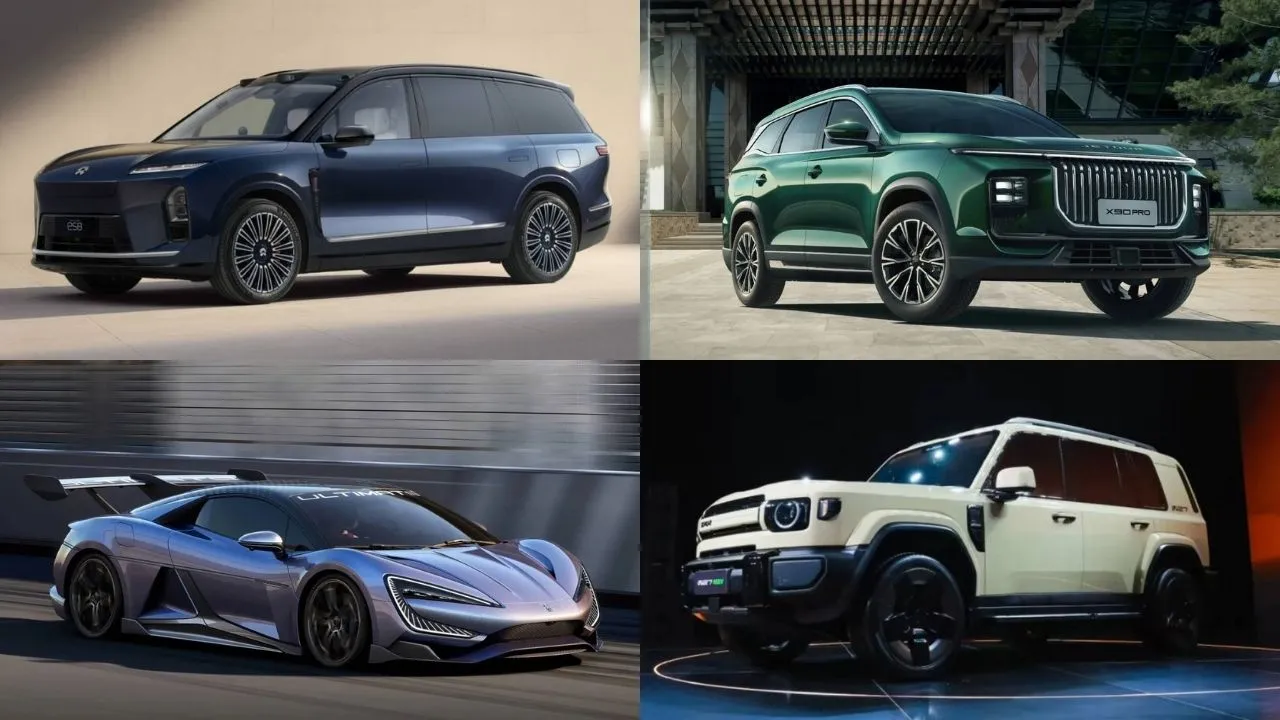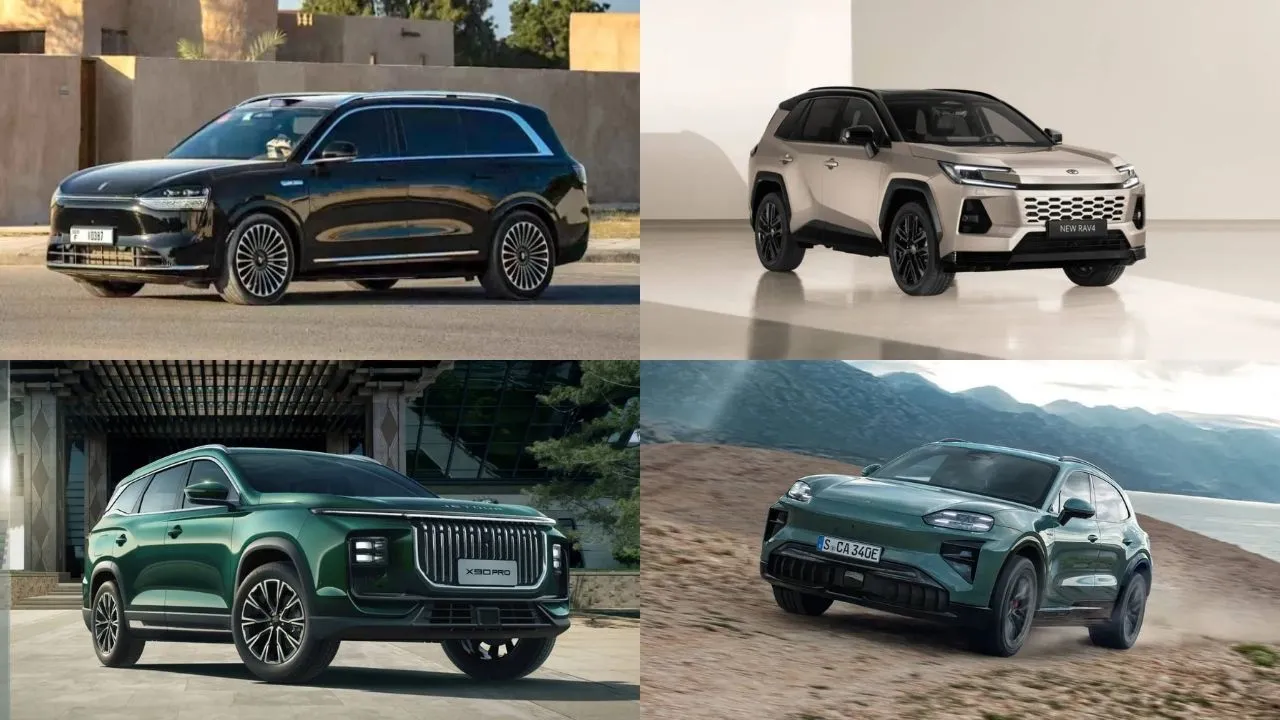Dubicars Car Spotlight — Toyota Camry: All You Need to Know About The Toyota Camry& Its History
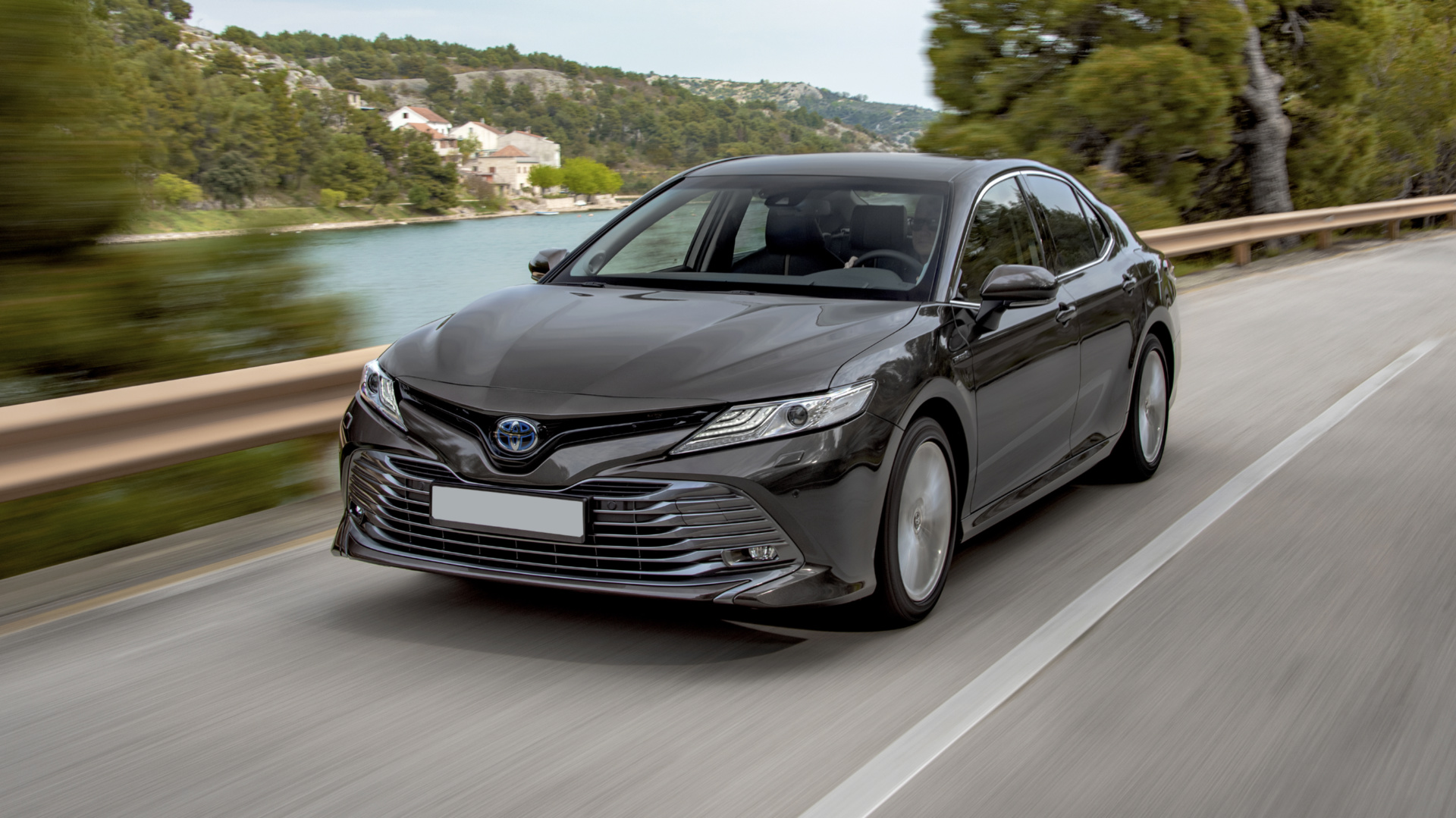
It is one of the most understated sedans of all time. Yet, it is immensely capable and very popular indeed. The Toyota Camry is currently the fifth best-selling car in the world and it has been among the top ten best-sellers since it was first launched in 1979. It started as a four-door version of the Toyota Celica but grew to become one of the most popular cars in the world.
The Toyota Camry is known for its reliability and practicality. With some examples having clocked over a million kilometres, the Camry is one of the torch-bearers of Toyota’s durability. 12 generations of the Toyota Camry have been produced so far and it is one of the few cars to have been produced in narrow-body and wide-body forms.
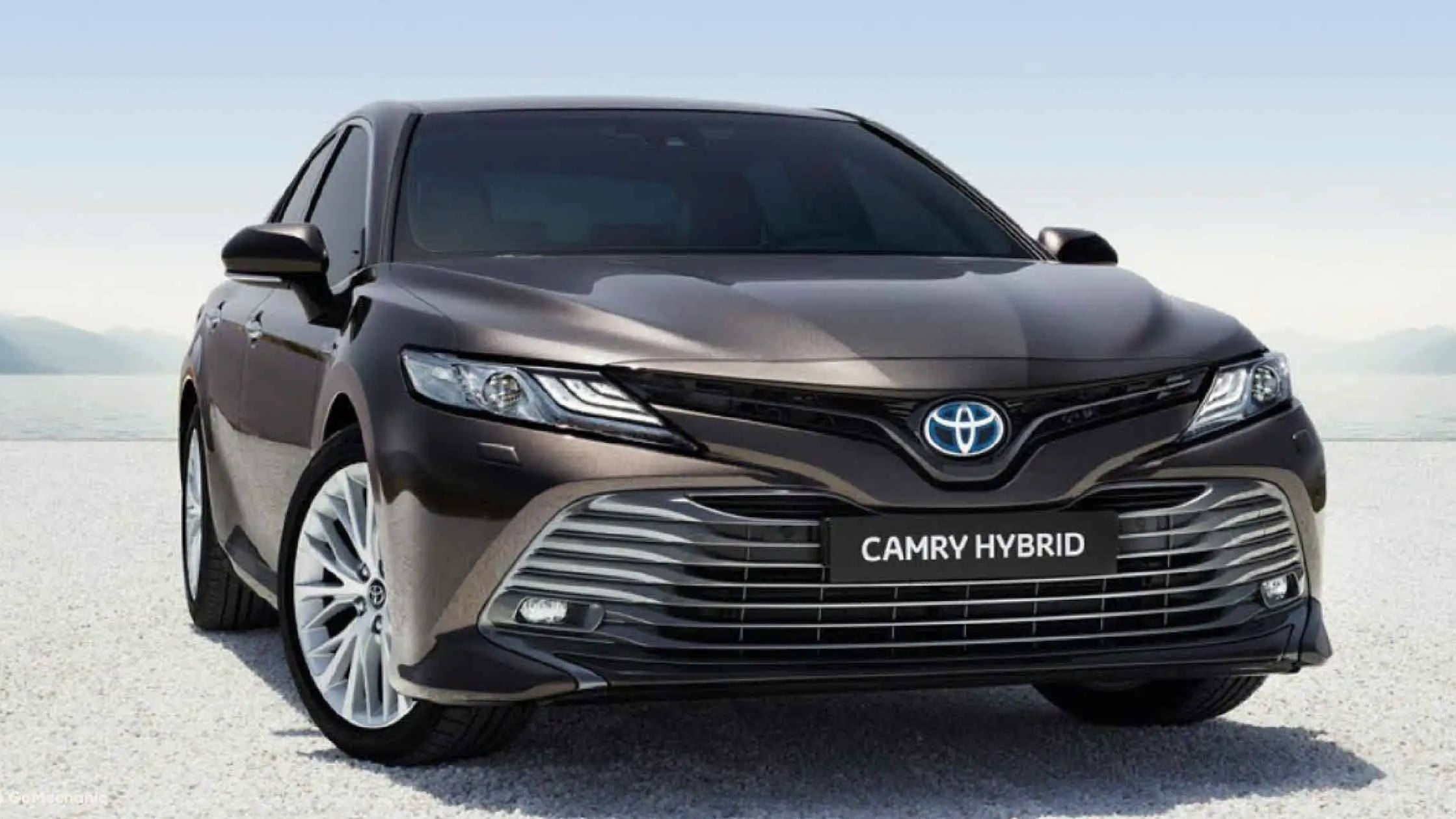
In this edition of the DubiCars Car Spotlight, we take a walk down history lane and learn about the Toyota Camry and its illustrious history.
Toyota Camry History & Heritage — Models Over The Years
Toyota Celica Camry | 1979 – 1982
The “Camry” name started with the four-door Celica Camry, related to the Toyota Celica. The word Camry comes from the Japanese word “Kanmuri” which means Crown. The production of the sedan began in December 1979 at Toyota, Aichi’s Tsutsumi plant with sales starting the following year. at Japanese Toyota Corolla Store dealerships. Despite the name, Celica Camry shared more with the Carina (A40/A50) than the Celica model.
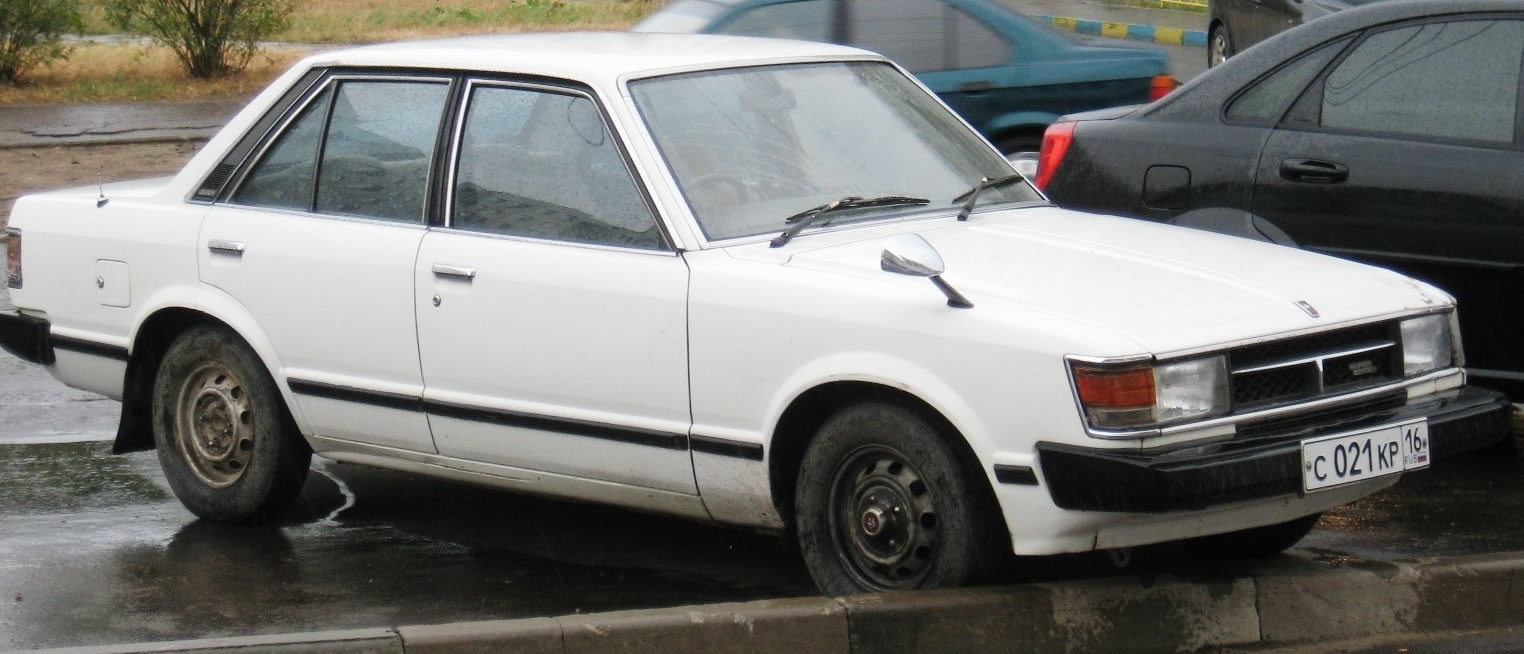
At the time, the Celica Camry was offered in several inline-four petrol engine options ranging from 1.6-litre to 2.0-litre engine options. Transmission options include a 5-speed manual and a 4-speed automatic.
First Generation Narrow-Body – V10 | 1982 – 1986
This time Toyota decided to name the car Camry with a model codename V10. The production of the first-gen V10 Camry started in March 1982 and was released in Japan in the same year. The V10 was a four-door notchback sedan that was also rebadged as the Toyota Vista and sold at different dealerships in Japan. In 1982, Toyota also began exporting the Camry to Australia, Europe, and North America.
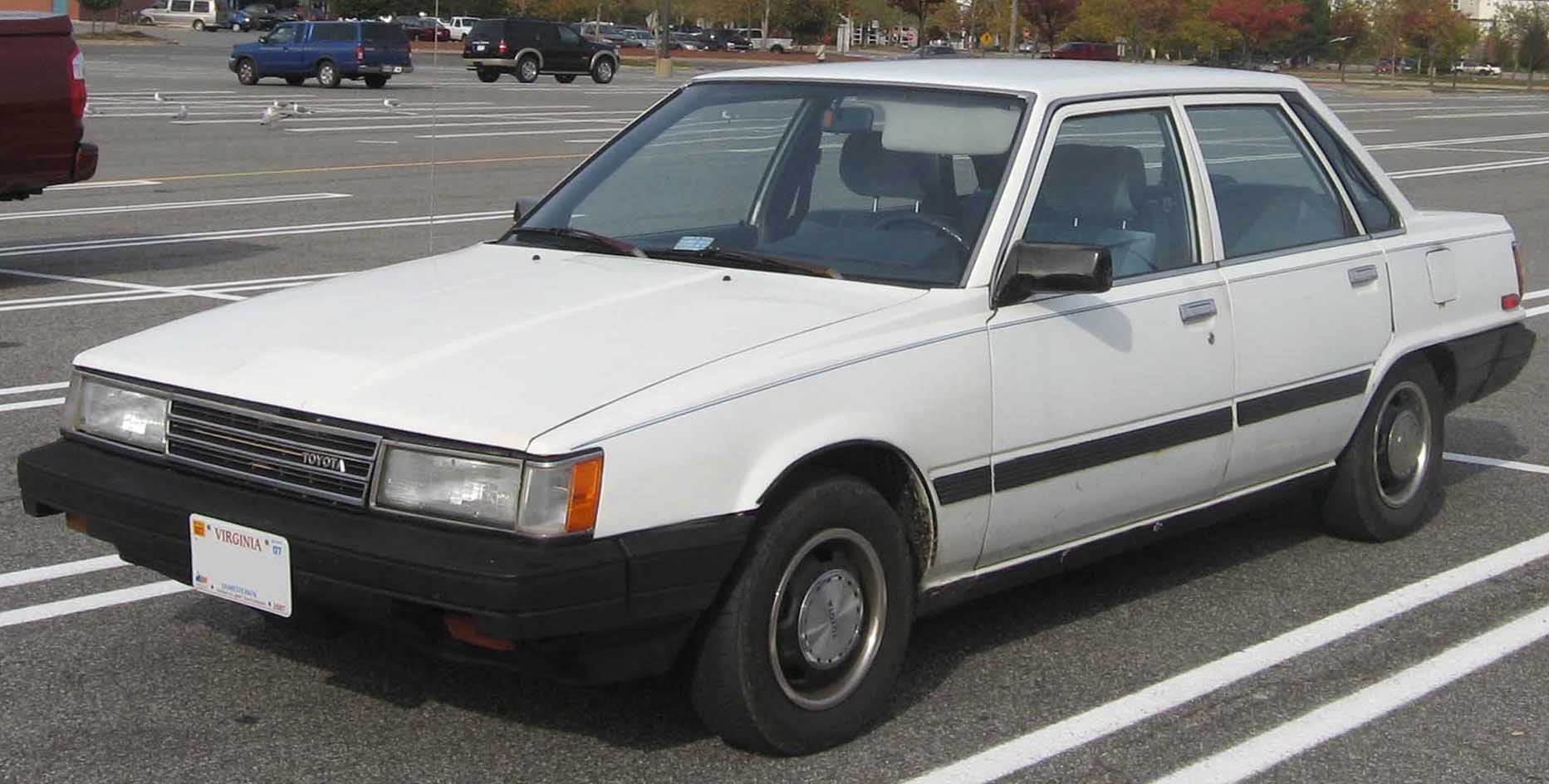
Speaking about the engine and gearbox, the Camry V10 was offered in a range of petrol and diesel engine options. When equipped with S-series petrol engines, it was named SV10, SV11, or SV12. Diesel C-series versions were CV10 and CV11. Both petrol and diesel engines were offered in two capacities: 1.8-litre to 2.0-litre. Transmission options remained the same as before, a 5-speed manual and a 4-speed automatic.
Second Generation Narrow-Body – V20 | 1986 – 1992
The Camry V20 second generation made its debut in August 1986, alongside the corresponding Vista model. Both featured four-door sedans. However, for international markets, Toyota introduced a station wagon. This is also the time Toyota went into a partnership with General Motors. The American automaker offered the Camry as a rebranded engineered product under the name Holden Apollo sold exclusively in Australia.

Toyota introduced the Camry with V6 petrol engine options on the V20 in 2.0-litre and 2.5-litre capacities. Other inline-four diesel and petrol engines along with the transmission options were carried over from the previous model except for the 1.8-litre diesel engine. This was also the first model to get the all-wheel-drive option on the Camry.
Third Generation Narrow-Body – V30 | 1990 – 1994
The Camry received the V30 update in 1990 and was sold exclusively in Japan. The V30 was offered as a sedan and another model with a different hardtop design. Both were offered as Vista versions with revised styling and served as the basis for the wider XV10. The V30 remained smaller to meet Japan’s size rules, keeping dimensions under 1,700mm width and 4,700mm length.
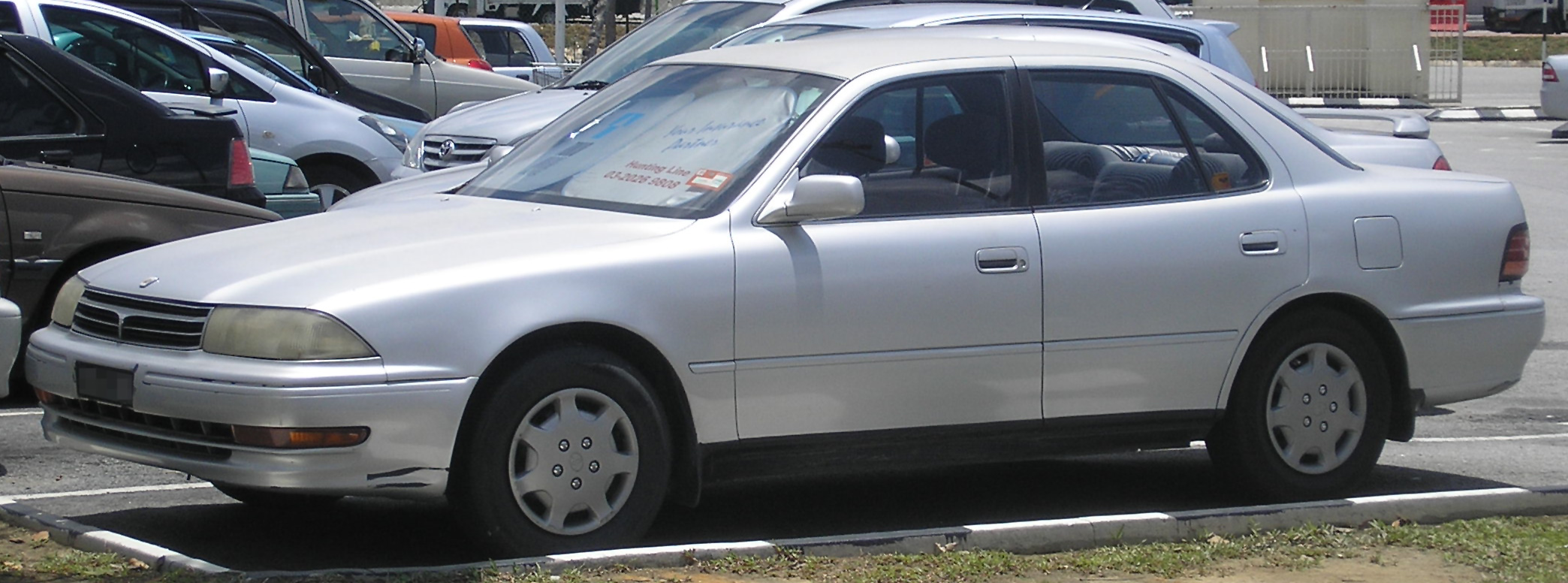
Certain models of the V30 generation featured four-wheel steering, enhancing agility and manoeuvrability, particularly during low-speed driving. The engine and gearbox options remained the same as the V20 model with a selection of diesel and petrol engines on offer.
First Generation Wide-Body – XV10 | 1991 – 1996
The Camry XV10 was introduced in 1991 and was based on the Camry V30 model. The XV10 is the first wide-body model from the Camry portfolio sold in international markets such as Australia and North America. This marked the Camry’s second “world car” status, following the Corolla, with exports starting from Australia. The SXV10 Camry showcased Lexus-influenced engineering, with standards and technologies borrowed from the LS400.
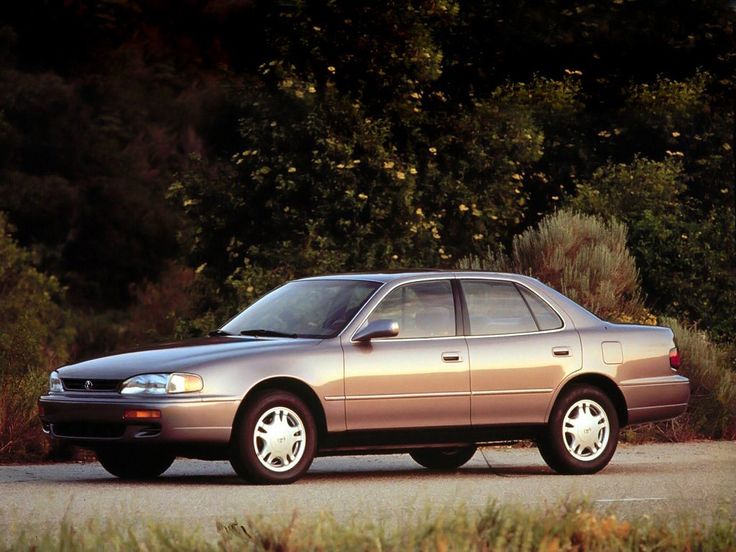
This generation saw the introduction of driver-side airbags as standard, demonstrating Toyota’s commitment to enhancing occupant protection. The engine displacement was higher in the Camry XV10 ranging between 2.2-litre inline-four to 3.0-litre V6.
Fourth Generation Narrow-Body – V40 | 1994 -1998
Back in Japan, Toyota continued to offer the narrow-body Camry model and updated it to the V40 version in 1994. The Toyota Vista twin continued to be sold alongside the Camry. The later models of the V40 were updated with anti-lock brakes and dual airbags as standard. The V40 marked the end of the Camry narrow-body model with Toyota Vista taking over the mantle in Japan.

The engine options were limited to just three: 1.8-litre and 2.0-litre petrol, and a 2.0-litre diesel engine. The transmission and drivetrain options remained the same as the V30.
Second Generation Wide-Body – XV20 | 1996 – 2002
The Camry XV20 was first launched in the US in September 1996 and in Japan in December 1996. It was offered as a sedan and station wagon called the Camry Gracia exclusive to Japan. The Camry XV20 was also rebadged and sold as the Daihatsu Altis. In Australia, the luxury-oriented version was badged as the Toyota Vienta, which was then exported to Middle East markets in both sedan and wagon formats.
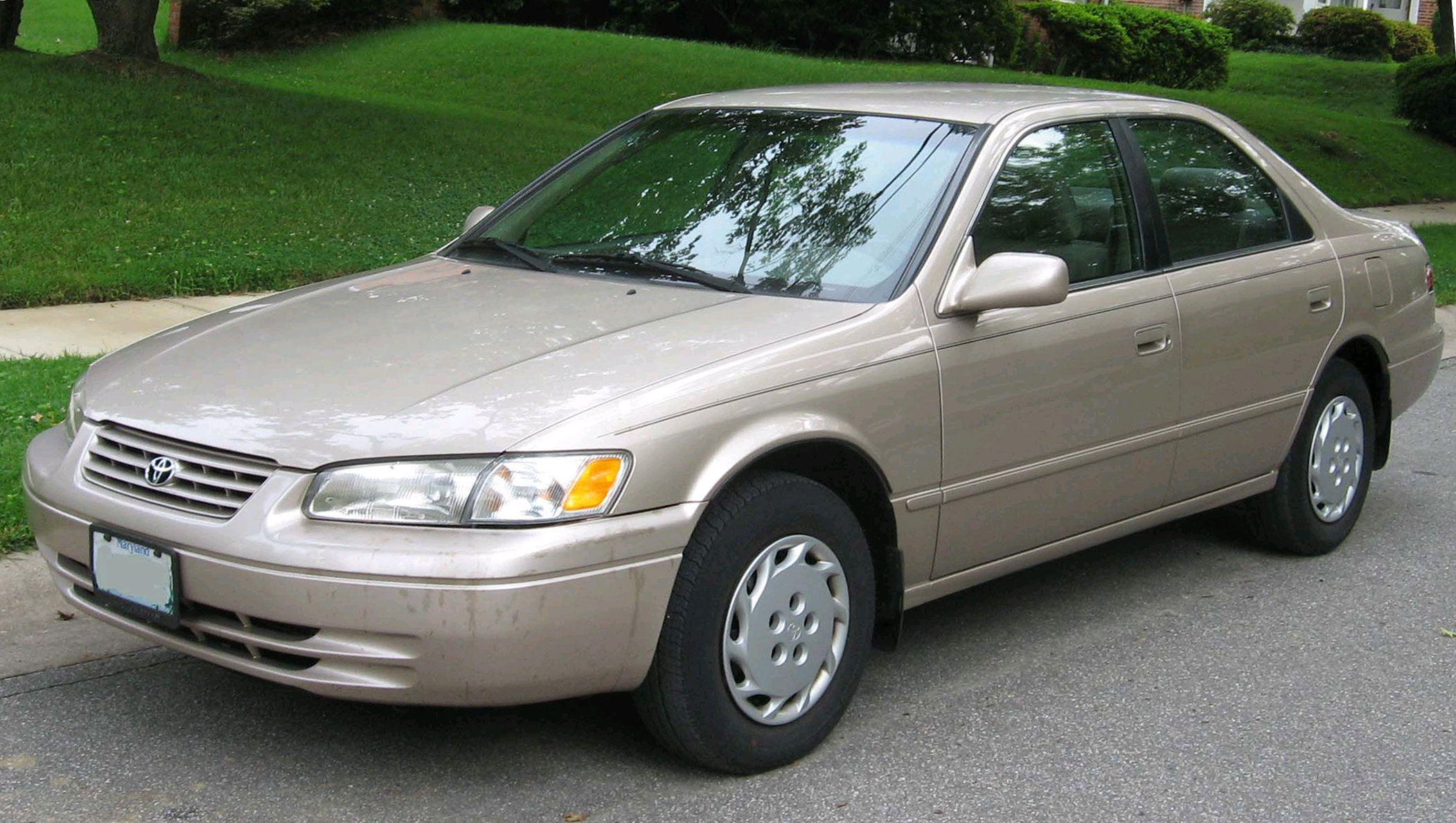
The Camry XV20 was offered with a choice of a 2.2-litre four-cylinder or a 2.5-litre V6 engine with the only transmission choice being a 4-speed automatic. The Camry V6 model sold in the North American market was offered with a manual transmission and an optional supercharger kit from Toyota Racing Development (TRD).
Fifth Generation Narrow-Body – V50 | 1998 – 2003
The V50 was not sold as Camry. Instead, it was exclusive to the Vista line, comprising sedans and the Vista Ardeo wagon. The V50 is also an important model as the development of the sedan paved the way for the Toyota Prius’ platform. Vista production ended in September 2003 and was later replaced by the second-generation Avensis.
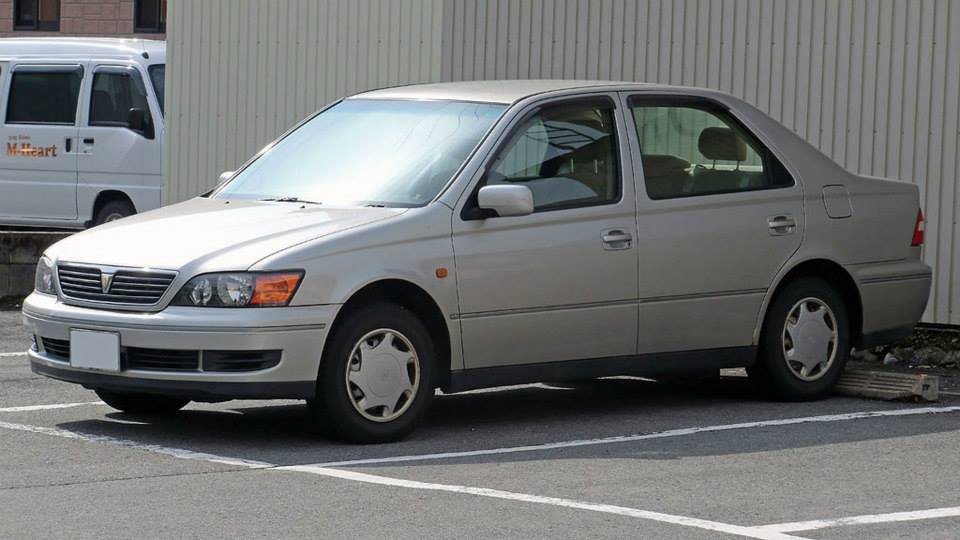
The V50’s interiors were updated with the latest technology that featured a central instrument panel and a navigation display. The sedan was offered in only two petrol engine options: 1.8-litre and 2.0-litre.
Third Generation Wide-Body – XV30 | 2001 – 2006
Toyota introduced the Camry XV30 in 2001. The sedan was completely redesigned from scratch since the V30 and XV10. Also, the Camry XV30 was offered only as a sedan and the wagon body style was discontinued due to low demand. By utilising increased computerisation and sharing the K platform from the 2000 Toyota Highlander (XU20), XV30’s development was streamlined to 26 months from XV20’s 36.
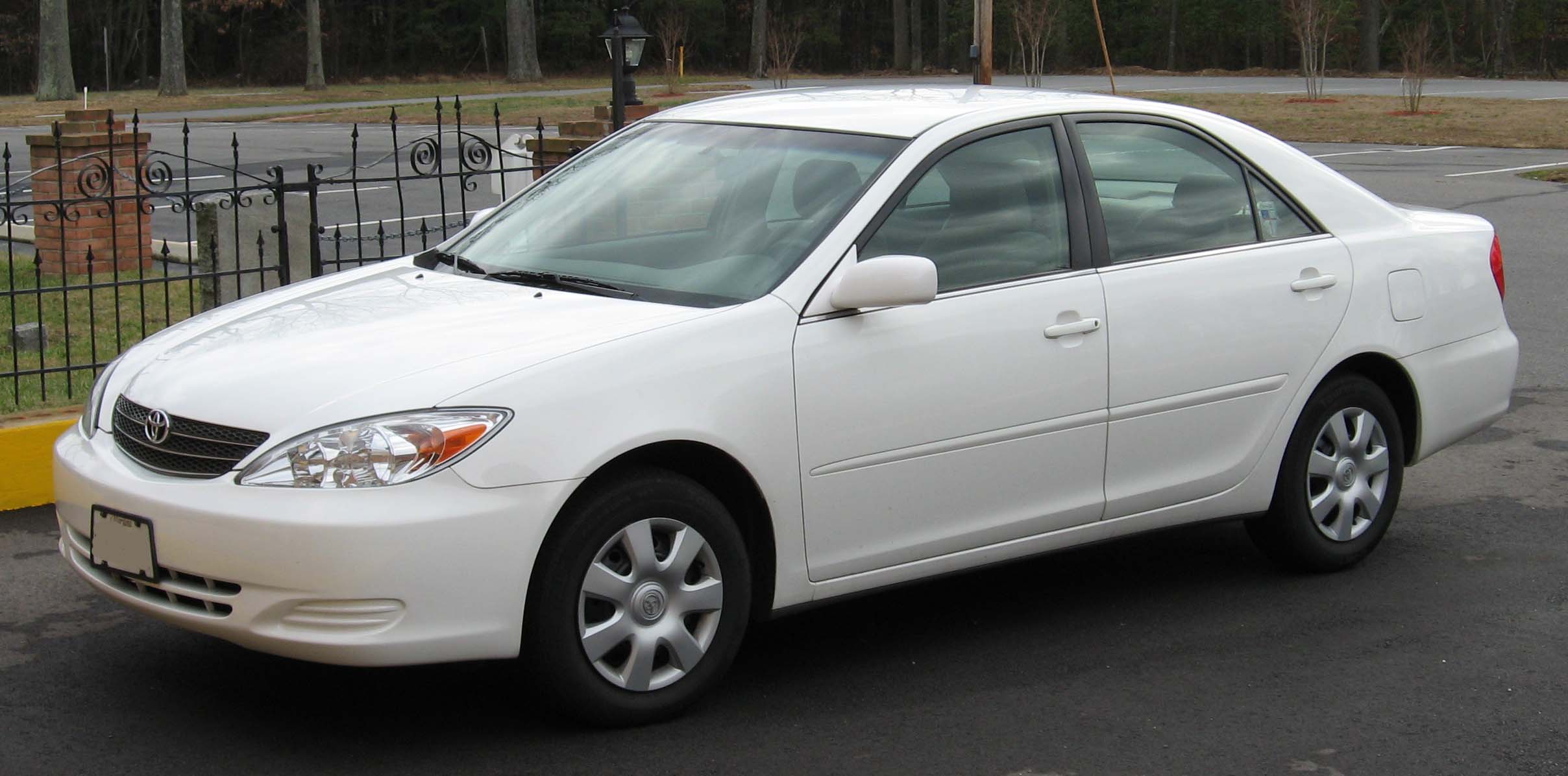
This was also when Toyota launched a Prestige version of the Camry sold exclusively for the Southeast Asian and Taiwanese markets. The Prestige model had more chrome, larger headlamps and tail lamps as compared to the international model. The XV30 was offered in a selection of petrol engines ranging from 2.0-litre to 3.3-litre depending on the market.
Fourth Generation Wide-Body – XV40 | 2006 – 2013
The Camry XV40 was introduced in 2006 with a distinct difference between the “standard” international version and the “Prestige” version for Asia markets. The XV40 Prestige model commonly known as the Toyota Aurion designed in Australia had a different front and rear design along with a few changes on the interiors.
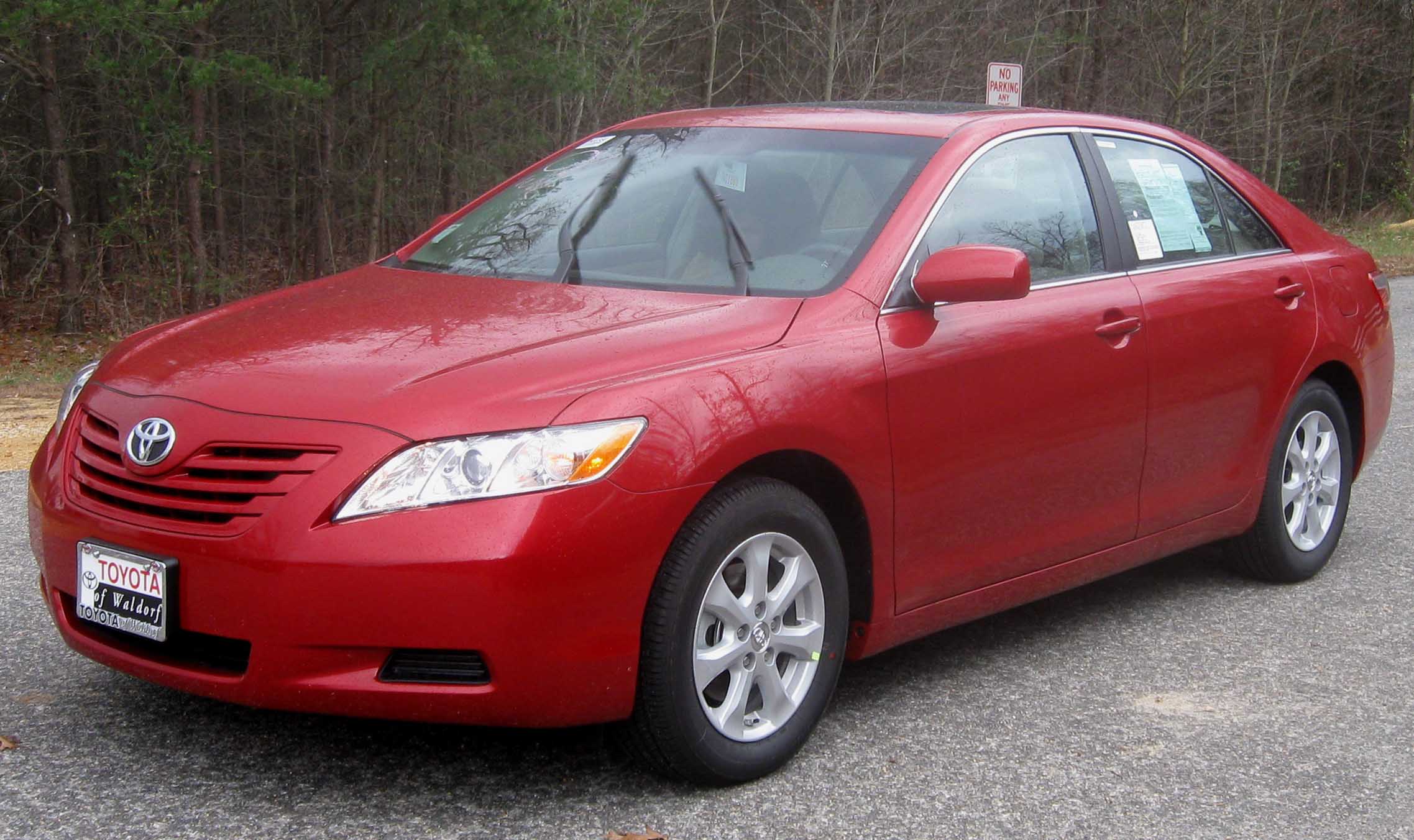
This was also the first model to get the hybrid engine exclusively sold for North American markets known as the Camry Hybrid. The hybrid sedan was powered by a 2.4-litre petrol engine coupled with two electric motors, a battery pack and an eCVT gearbox giving it exceptional fuel efficiency figures. Other petrol engines were also on offer for non-hybrid models.
Fifth Generation Wide-Body – XV50 | 2011 – 2019
The Camry XV50 was first introduced in August 2011. The interior underwent significant restyling, and the exterior featured a more aerodynamic profile, contributing to improved fuel efficiency and reduced wind noise. The Camry Prestige luxury version was sold in other international markets including India and Brazil.

This generation incorporated advanced safety technologies like adaptive cruise control, lane departure warning, and pre-collision systems. The XV50 Camry Hybrid model received improvements, including a revised version of the Hybrid Synergy Drive, paired with an Atkinson cycle version of the existing 2.5-litre engine.
Sixth Generation Wide-Body – XV70 | 2017 – Present
The eighth-generation Camry XV70 was unveiled at the January 2017 North American International Auto Show. It was released in Japan and Australia in the same year. The car uses the GA-K platform, which is significantly different from the previous generation model. In 2020, the Camry received a facelift and is currently being sold across the world. However, soon Toyota will pull the plug on Camry in Japan due to poor sales.
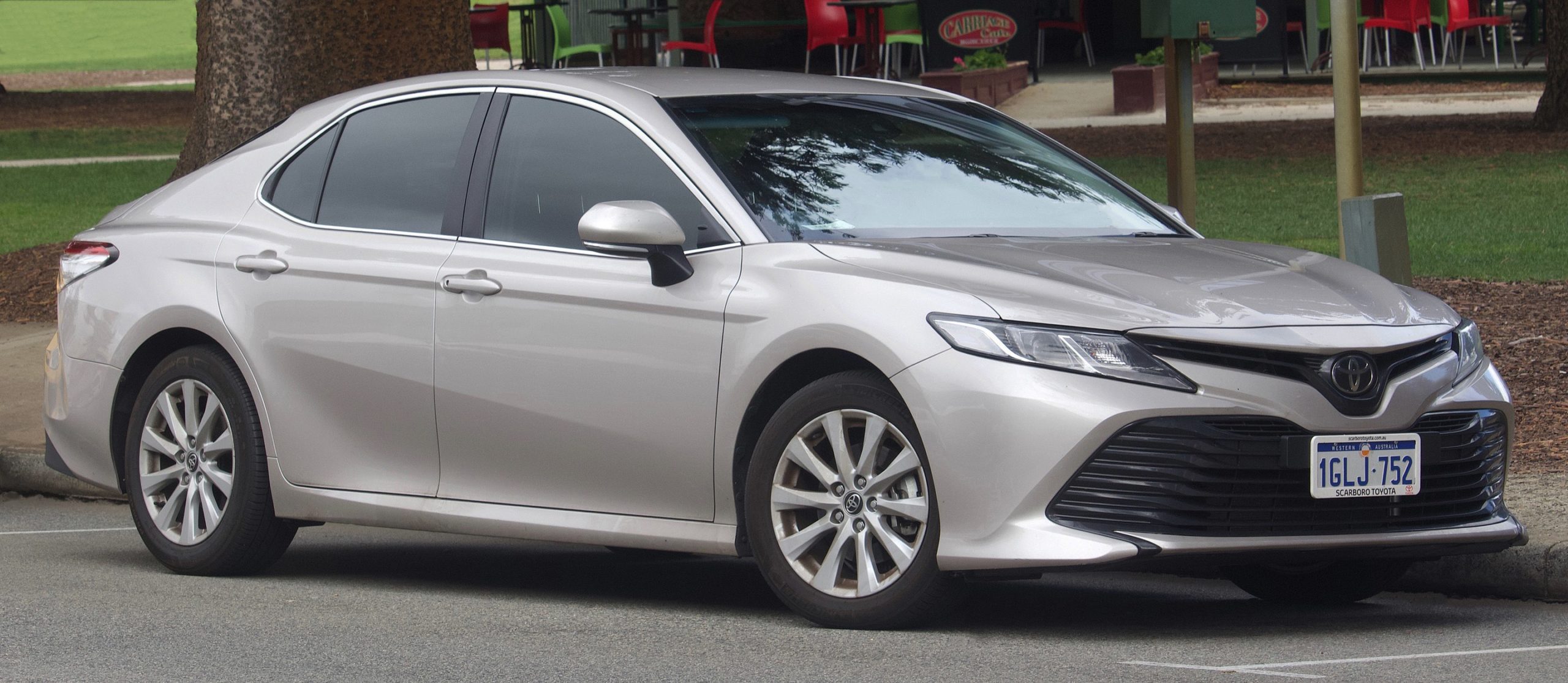
Notable Features:
- 18-inch Alloy Wheels
- LED Lighting
- Panoramic Sunroof
- 7-inch Infotainment
- Apple Carplay & Android Auto
- Wireless Charger
- JBL Audio
- Level 2 ADAS
The Camry continues to be offered in a hybrid powertrain that uses a 2.5-litre petrol engine with an electric motor and a battery pack. The engine produces 176hp and 220Nm of peak torque coupled to an eCVT gearbox with power sent to the front wheels. Toyota continues to offer a non-hybrid 3.5-litre petrol engine in international markets including the Middle East.
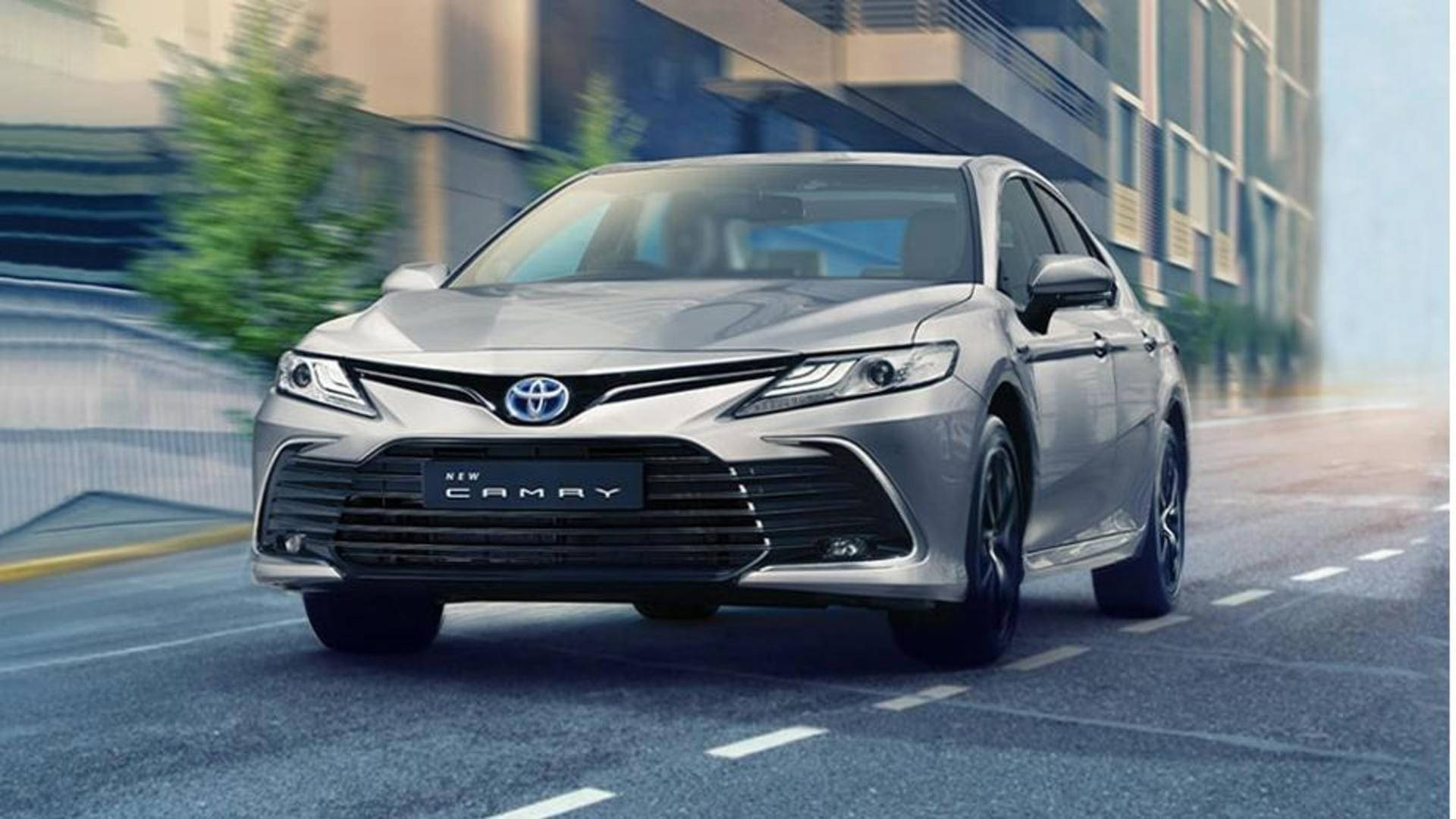
Most Popular Toyota Camry Generations In The UAE
The Toyota Camry has been on sale in the UAE for a long time and has become a common sight. The XV40, XV50 and the current-gen Camry are quite popular in the UAE owing to the hybrid powertrain offered on the luxury sedan. The Camry also comes equipped with a host of features and offers a plush ride.
Check out the used Toyota Camry for sale in the UAE and new Toyota Camry for sale in the UAE.


